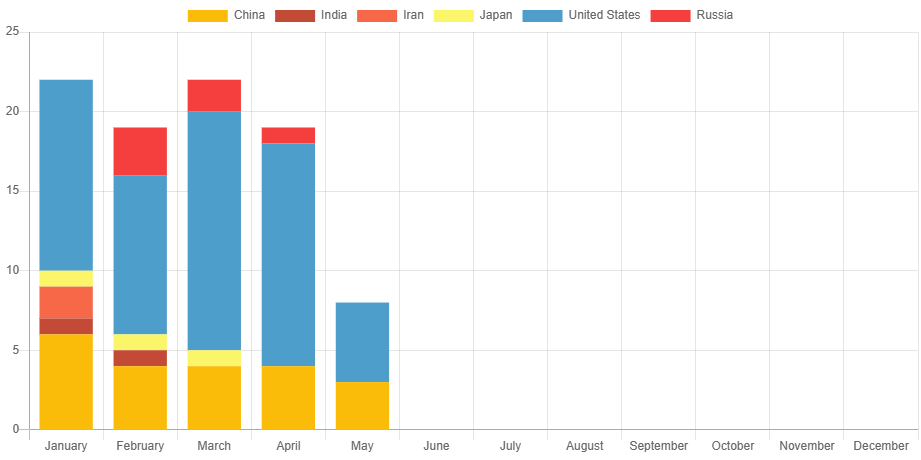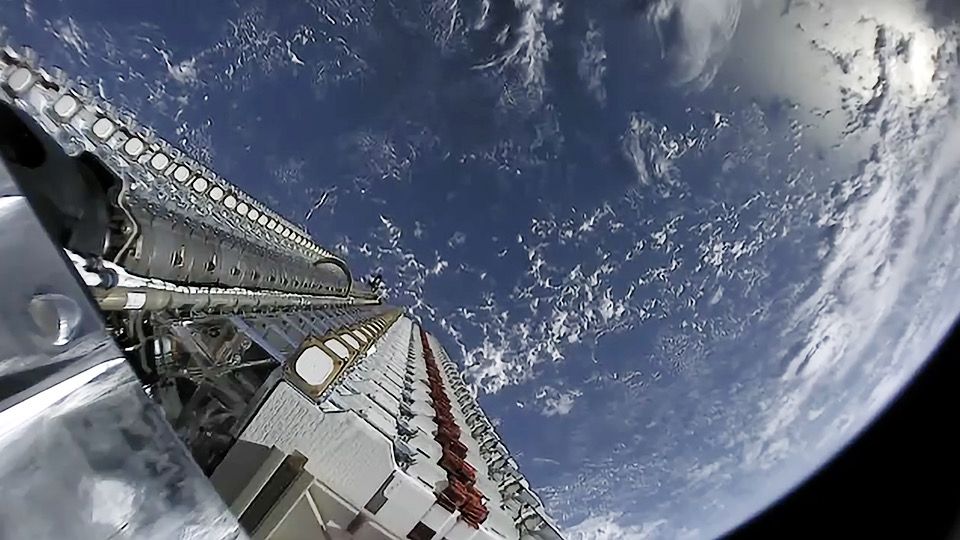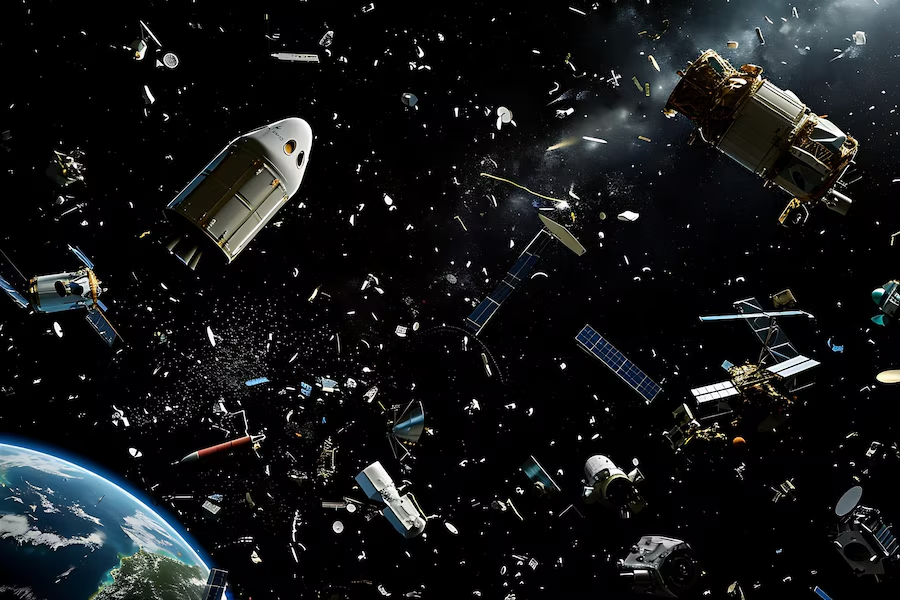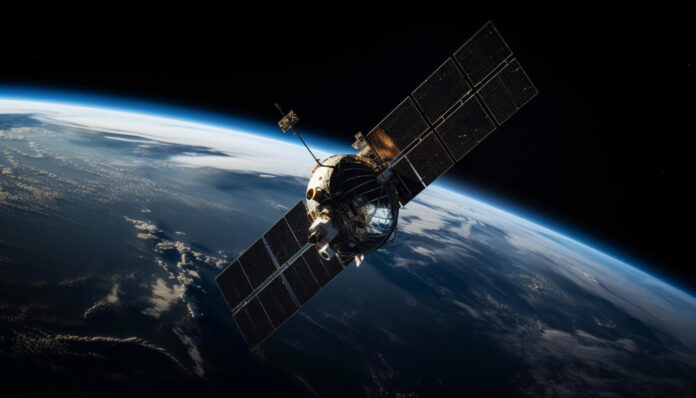As of May 20th 2024, there are about 10,027 active satellites orbiting Earth according to Orbiting now (a satellite tracking website) That’s right, about ten thousand human-made objects are constantly moving around our planet at breakneck speeds. This mind-blowing number not only underscores our insatiable thirst for technological advancement but also raises some intriguing questions about the future of space exploration and the potential impact on our planet.
These numbers continue to rise with mega-constellations like SpaceX’s Starlink already packing of about 6392 satellites (Both active and inactive) further swelling the ranks. While these constellations promise to revolutionize global internet connectivity, they also raise important questions about their impact on astronomy, orbital congestion, and the proliferation of space debris. This article aims to shed light on the current state of satellites orbiting Earth, providing an accurate and up-to-date estimate of their numbers, exploring the diverse types of satellites and their functions, and looking into the complex issues surrounding space debris and the future of satellite technology.
Where in the World (or Space) Are These Satellites?
They don’t just scatter these satellites randomly across the cosmos; they strategically position them in different orbits depending on their purpose. Here’s the breakdown:
| Category | Number of Objects |
|---|---|
| Low Earth Orbit (LEO) | 8,167 |
| Medium Earth Orbit (MEO) | 198 |
| High Earth Orbit (HEO) / Graveyard | 23 |
| Geostationary Orbit | 548 |
| Other Orbit | 1,067 |
| Orbital Decay | 7 |
| Reentry | 17 |
| Total | 10,027 |
The latest data shows that over 90% of all satellites are situated in LEO and GEO. Specifically, Low earth orbit (LEO) holds about 55% of all operational satellites due to its suitability for remote sensing and reconnaissance missions.
Types of satellites Orbiting Earth and their purposes
Depending on the payload, people can use a satellite for various purposes. Here’s a list of the 5 primary types of satellites:
| Type of Satellite | Number of Satellites | Purpose | Typical Orbit |
|---|---|---|---|
| Communication | 3,135 | Facilitates global telecommunications including TV, radio, internet, and phone services. | Geostationary Orbit (GEO), Low Earth Orbit (LEO) |
| Earth Observation | 1,052 | Monitors environmental changes, natural disasters, and provides geographical and meteorological data. | Low Earth Orbit (LEO), Sun-Synchronous Orbit |
| Technology Development | 383 | Conducts experiments and tests new technologies in space. | Low Earth Orbit (LEO) |
| Navigation | 154 | Provides global positioning services (GPS), and assists in navigation for various transportation modes. | Medium Earth Orbit (MEO) |
| Space Science | 108 | Conducts scientific research, studies celestial bodies, and collects data for space and climate research. | Various Orbits (LEO, HEO, GEO) |
Countries With Satellites Orbiting Earth
Believe it or not, space isn’t just a playground for a few major players. As of May 2024, over 80 countries have launched satellites into orbit, showcasing the truly global nature of space exploration and utilization. While some countries boast vast constellations, others have just a few satellites in operation. A study by space stats (A website that provides detailed and regularly updated statistics on satellites and space missions globally) provided a chart on Orbital launches by year and countries:

Orbital launches by month (May 2024)

| United States | 56 |
| China | 21 |
| Russia | 6 |
| Japan | 3 |
| India | 2 |
| Iran | 2 |
| Total | 90 |
The Rise of Mega-Constellations

The rise of mega-constellations is transforming the space landscape before our very eyes. We’re talking about massive fleets of satellites, numbering in the thousands, being launched by companies like SpaceX (Starlink) and OneWeb with about 6392 satellites and 635 satellites respectivily . These ambitious projects are set to revolutionize global internet access, but they’re also sparking a whole lot of debate.
What’s the Big Deal About Mega-Constellations?
The goal is simple yet incredibly ambitious: to provide high-speed, low-latency internet access to every corner of the globe, even the most remote and underserved areas. Imagine being able to stream your favorite shows, attend virtual meetings, and connect with loved ones no matter where you are on Earth. That’s the promise of mega-constellations.
But it’s not just about internet access. These constellations could also revolutionize other industries, like agriculture, shipping, and disaster response. Imagine farmers using satellite data to optimize crop yields, ships navigating more efficiently, and emergency responders having real-time information during natural disasters. The possibilities are truly exciting!
The Dark Side of the (Mega-Constellation) Moon
Of course, with such ambitious projects come significant challenges and concerns. A major concern is the vast number of satellites in orbit. With thousands of these shiny objects zipping around in low Earth orbit (LEO), there’s a growing risk of collisions, which could create even more space debris.
Astronomers are also raising red flags. These mega-constellations can interfere with astronomical observations, creating bright streaks in the night sky that obscure faint celestial objects. This could hinder scientific research and our understanding of the universe.
And let’s not forget about orbital congestion. With limited space in LEO, there are concerns about overcrowding and the potential for conflicts between different satellite operators.
Balancing Act: Progress vs. Preservation
The rise of mega-constellations presents us with a classic dilemma: How do we balance the incredible potential of these technologies with the need to protect our orbital environment and the night sky?
It’s a complex issue with no easy answers. But one thing is clear: open dialogue, international cooperation, and responsible space management are crucial for ensuring a sustainable future for space exploration and utilization.
Space Debris: A Growing Threat

Space debris, also known as orbital debris or space junk, consists of defunct satellites, spent rocket stages, fragments from disintegration, collisions, and other human-made objects that no longer serve a purpose in space. It’s essentially any human-made object in orbit around Earth that no longer serves a useful purpose.
How Did We Make Such a Mess?
Over the decades, we’ve been launching stuff into space like confetti at a party. Some of it, like old satellites that have reached the end of their lifespan, is just left to drift aimlessly. Rocket stages used to propel spacecraft into orbit often remain up there too. And when satellites collide or explode (yes, it happens!), they create a shower of fragments, adding to the ever-growing pile of space junk.
Why Should We Care About Space Junk?
This debris might seem harmless, but it poses a significant threat to both operational satellites and human spaceflight. Even a tiny paint fleck traveling at thousands of miles per hour can cause serious damage to a satellite or spacecraft. And with more and more satellites being launched every year, the risk of collisions is increasing exponentially.
Imagine a chain reaction, where one collision creates more debris, which leads to more collisions, and so on. This is known as the Kessler Syndrome, a scenario where the amount of space debris becomes so dense that it’s impossible to safely operate in space. Sounds like a sci-fi movie, right? But it’s a real concern for scientists and space agencies.
Cleaning Up Our Cosmic Mess
Thankfully, we’re not just sitting idly by while space turns into a junkyard. There are ongoing efforts to track and mitigate space debris. Ground-based and space-based telescopes are constantly monitoring the skies, keeping tabs on larger pieces of debris. Space agencies and private companies are also developing active debris removal technologies, like robotic arms and nets, to capture and deorbit dead satellites and other junk.
But the most effective solution is to prevent debris from being created in the first place. This means designing satellites with end-of-life disposal plans, like deorbiting them into Earth’s atmosphere where they burn up safely. It also means being more mindful of our space activities and working together to ensure a sustainable future for space exploration.
Conclusion
The space around our planet is getting crowded! With about 10,000 active satellites currently orbiting Earth, we’re witnessing a technological marvel that’s transforming our daily lives. From seamless communication to pinpoint navigation, these satellites play an integral role in our modern world. However, this rapid growth in space activity also presents challenges. The rise of mega-constellations, while promising global internet access, brings concerns about space debris and orbital congestion, highlighting the need for responsible space management.
As we continue to push the boundaries of space exploration, we must prioritize sustainability and international cooperation. The future of space relies on responsible innovation. We must balance progress with preservation, ensuring the cosmos remains pristine for generations. This delicate act is crucial for humanity’s future and our journey into the unknown.
